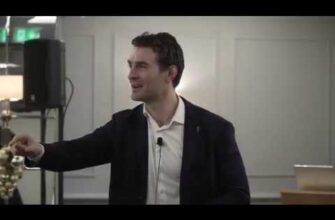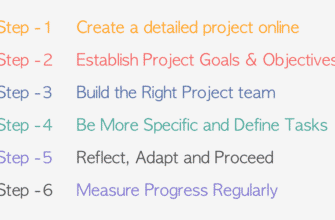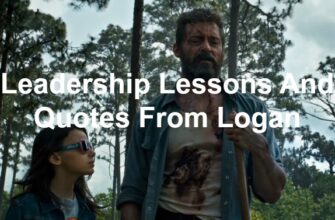I recently received a call from a frustrated CEO who had concerns about his COO. The COO was brash, antagonistic, and exhibiting a pervasively aggressive disposition. The culture was plummeting and his staff was on the verge of a coup. The CEO and I sat down with the COO to salvage and hopefully remedy the situation.
After I heard the COO’s frustrations, many of which had merit, I dug into why he chose the attack mode. He had excuses and the CEO had retorts, but both seemed to be missing the point. So I went to the heart of issue by asking, “And you couldn’t accomplish this by being nice?” Like many leaders, he equated “nice” with being “weak.” Being a staunch fan of the movie Road House, I could not disagree more.
Road House is one of the greatest films of all time. Starring Patrick Swayze, it’s the story of Dalton, a philosopher hired to clean up bars. This Zen Bouncer ends up at the Double Deuce where we needs to get rid of the sketchy clientele, upgrade the staff, and change the mindset of how to operate a saloon. When retraining the bouncers, Dalton bestows his threes rules.
One, never underestimate your opponent. Expect the unexpected. Two, take it outside. Never start anything inside the bar unless it’s absolutely necessary. And three, be nice.
Be nice? How can a bouncer enforce the rules with the lowlifes who reside in the Double Deuce and be nice? It’s actually a pretty easy, effective way to lead.
If somebody gets in your face and calls you a [bad name], I want you to be nice. Ask him to walk. Be nice. If he won’t walk, walk him. But be nice. If you can’t walk him, one of the other [bouncers] will help you, and you’ll both be nice. I want you to remember that it’s a job. It’s nothing personal.
Do you notice that Dalton does not instruct his bouncers to let patrons do whatever they want? Nor does he ease up on the high standards he sets for a safe, family-friendly tavern. No, being nice is about the manner in which things are done, not what you are actually trying to accomplish. This isn’t soft; this is supported by science.
A study by Personality and Social Psychology Bulletin found that the most altruistic members of the team gain the highest status, are more frequently preferred as cooperative interaction partners, and receive greater rewards as their virtuous efforts increase.
A Research in Organizational Behavior study concluded that leaders who project warmth are more effective than those leaders who rely on force or competence—“warmth is the conduit of influence: It facilitates trust and the communication and absorption of ideas.”
Research in the Journal of Positive Psychology found that when leaders display behaviors related to self-sacrificing, their employees feel more engaged, committed, and are more likely to go out of their way to support other members of the team.
A comprehensive healthcare study found that a culture of kindness not only improves employee productivity but also improves client health outcomes and satisfaction.
All together, the research is clear that a leadership model of trust, warmth, and mutual cooperation can serve as a powerful basis for a company’s culture. Just be nice. Emulate the Zen Bouncer and say, “If somebody underperforms, I want you to be nice. Provide constructive feedback. Be nice. If he won’t take your feedback, be more stern. But be nice. If you can’t turn around his performance, one of the other leaders will help you, and you’ll both be nice.”





